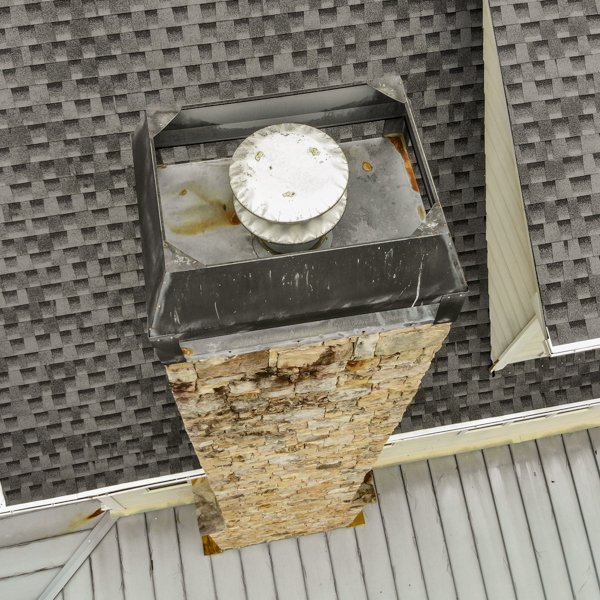Top 5 Myths About Chimney Waterproofing
While most homeowners think about protecting their homes from water damage, the roof, gutters, and foundation are usually at the top of their list. However, one area that is often overlooked is the chimney. It’s assumed that because the chimney is made of bricks or stones, it’s naturally durable and waterproof, but that’s not the case, and it’s one of the most common (and costly) myths in home maintenance.
Here we debunk some of the biggest myths about chimney waterproofing and tell you why it’s one of the smartest and most cost-effective preventive steps you can take to protect your home.
 Myth 1: Brick and Mortar Don’t Let Water In
Myth 1: Brick and Mortar Don’t Let Water In
This is the big one, the most common myth about bricks and mortar is that they’re impervious to water. After all, they’re strong and heavy, so how could moisture possibly get in? Simple. Masonry materials are porous by nature.
Brick and mortar absorb water like a sponge, especially when exposed to rain, snow, and the freeze-thaw cycle year after year. Over time, that moisture seeps deeper into the structure, leading to problems like:
- Efflorescence, a white, powdery salt deposit.
- Crumbling mortar joints.
- Spalling bricks.
- Mold and mildew growth inside the chimney.
Even a tiny amount of trapped moisture can wreak havoc in the chimney and lead to costly repairs as it breaks the mortar away from the inside out. Waterproofing the chimney helps seal the pores and prevents water from entering in the first place.
Myth 2: A Chimney Cap is Enough Protection
Chimney caps are essential for keeping rain, debris, and animals from getting in. But they’re not a complete waterproofing solution. Caps do shield the top of the flue, but they don’t protect the exterior masonry or the mortar between the bricks.
Think of the cap as an umbrella. It blocks direct rain from entering but doesn’t stop moisture from soaking into the chimney’s sides during heavy storms and driving winds, or when snow piles up against it. For maximum protection, you need a breathable waterproofing product applied to the structure, not just a metal cover at the top.
Myth 3: Waterproofing Traps Moisture
You’d be surprised by how many homeowners don’t want to waterproof their chimneys because they think water will get trapped inside and make things worse. That can happen if the wrong kind of product is used.
A proper chimney waterproofing treatment uses a vapor-permeable sealant. This means it repels liquid water from the outside while allowing water vapor from inside the chimney to escape. Think of it like a breathable raincoat. It prevents moisture from entering without sealing in condensation.
Using the wrong kind of coating, such as paint or non-breathable sealer, can indeed lock in moisture and accelerate deterioration. That’s why chimney waterproofing should always be done by a trained professional who uses products designed explicitly for masonry chimneys.
Myth 4: Waterproofing is Only for Damaged or Old Chimneys
Another common belief is that only older chimneys need waterproofing. In reality, every chimney, regardless of how old it is, can benefit from water protection.
New chimneys are just as vulnerable to water absorption as older ones, and sometimes even more because modern mortar can be softer and more porous than older mixtures. Waterproofing is a preventive measure that can significantly extend your chimney’s lifespan.
Myth 5: Waterproofing Isn’t Worth the Cost
Many homeowners believe that waterproofing is an unnecessary expense or a marketing ploy by chimney companies to increase profits. But, compared to the cost of major chimney repairs, it’s one of the most affordable things you can do.
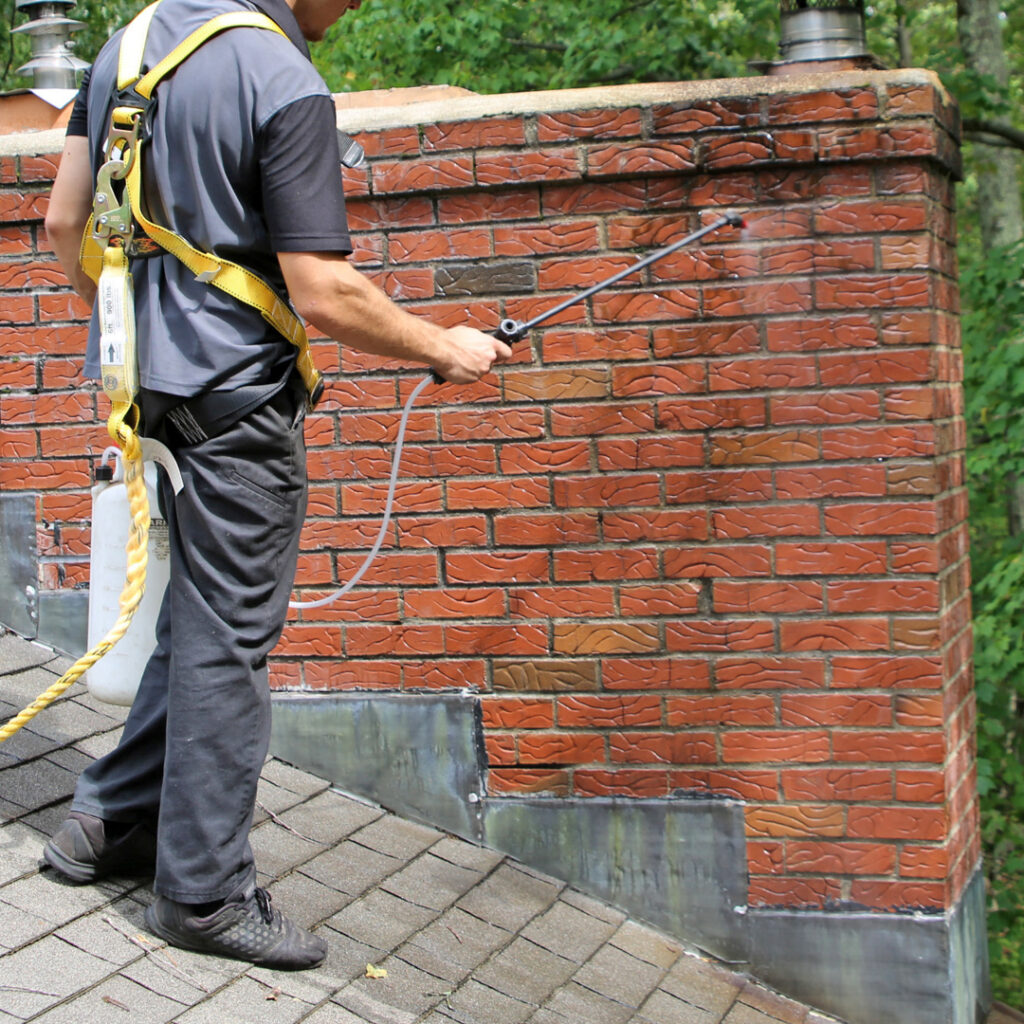
Repairing water-damaged brickwork, rebuilding a chimney crown, or addressing leaks that spread to your interior walls can cost thousands of dollars. And if you develop mold as a result? That’s another costly headache. Modern waterproofing is relatively expensive and typically lasts up to 10 years before you need to reapply.
Stop Moisture and Save Your Chimney!
Contact Northeastern Chimney today to ask about our chimney waterproofing or other chimney services. We proudly service customers throughout Central CT, and all of Hartford, Tolland, and Litchfield Counties.
The post Top 5 Myths About Chimney Waterproofing appeared first on .
This post first appeared on https://www.mychimney.com
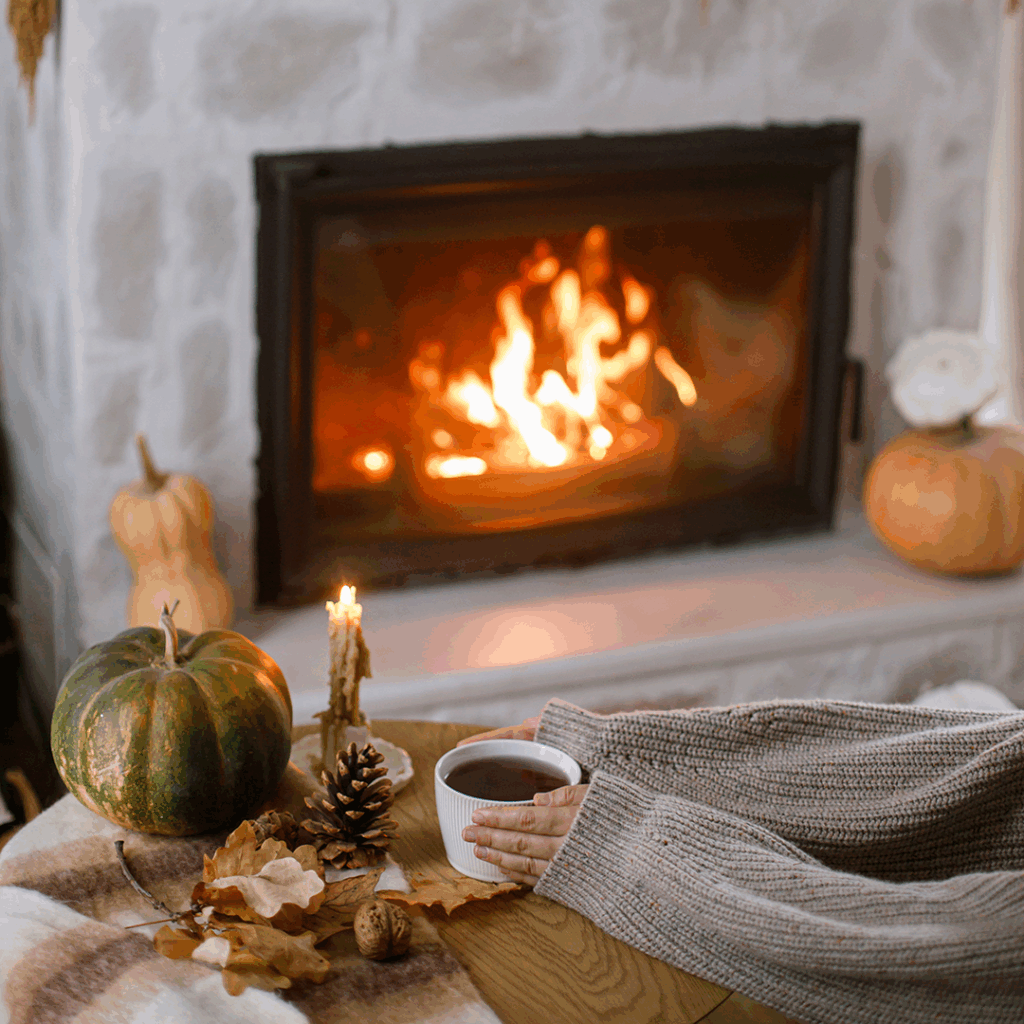
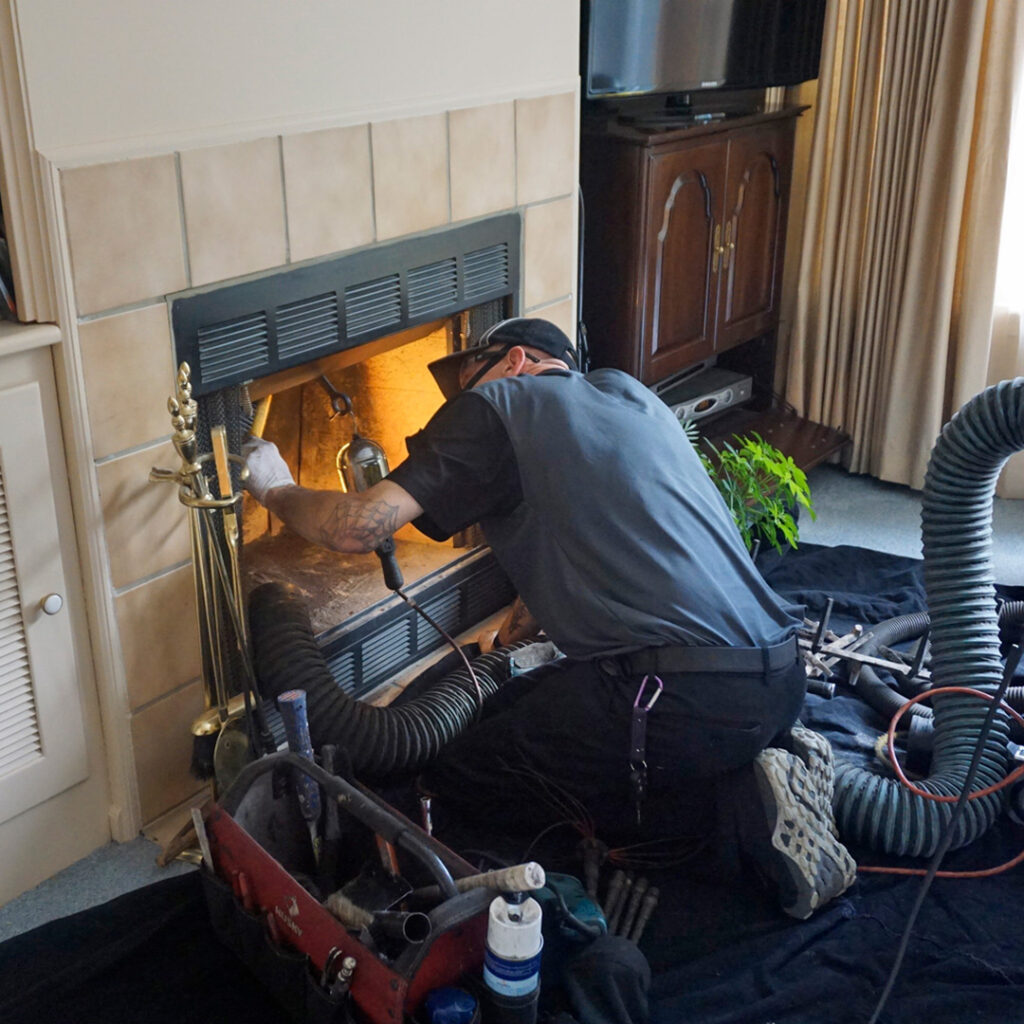
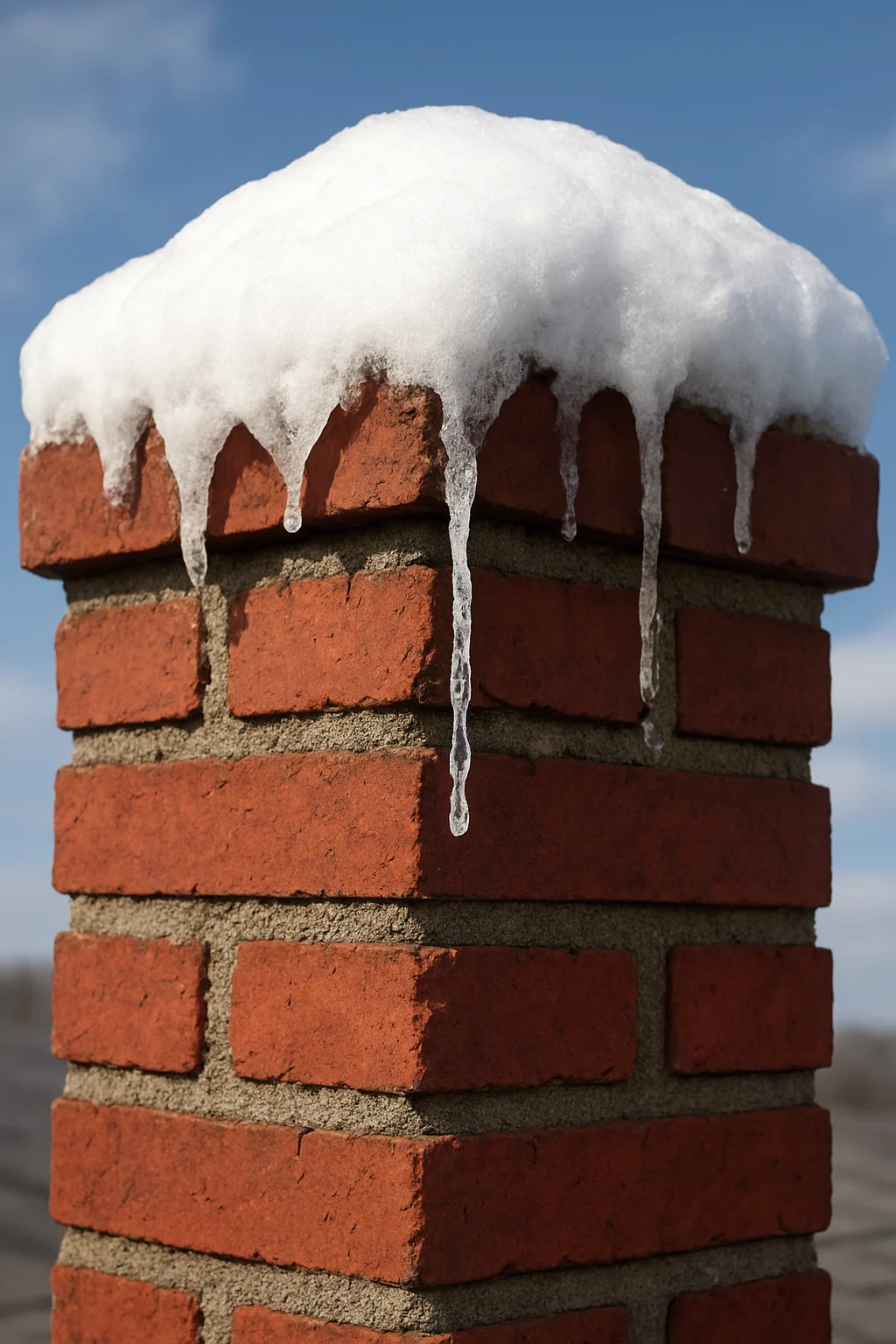
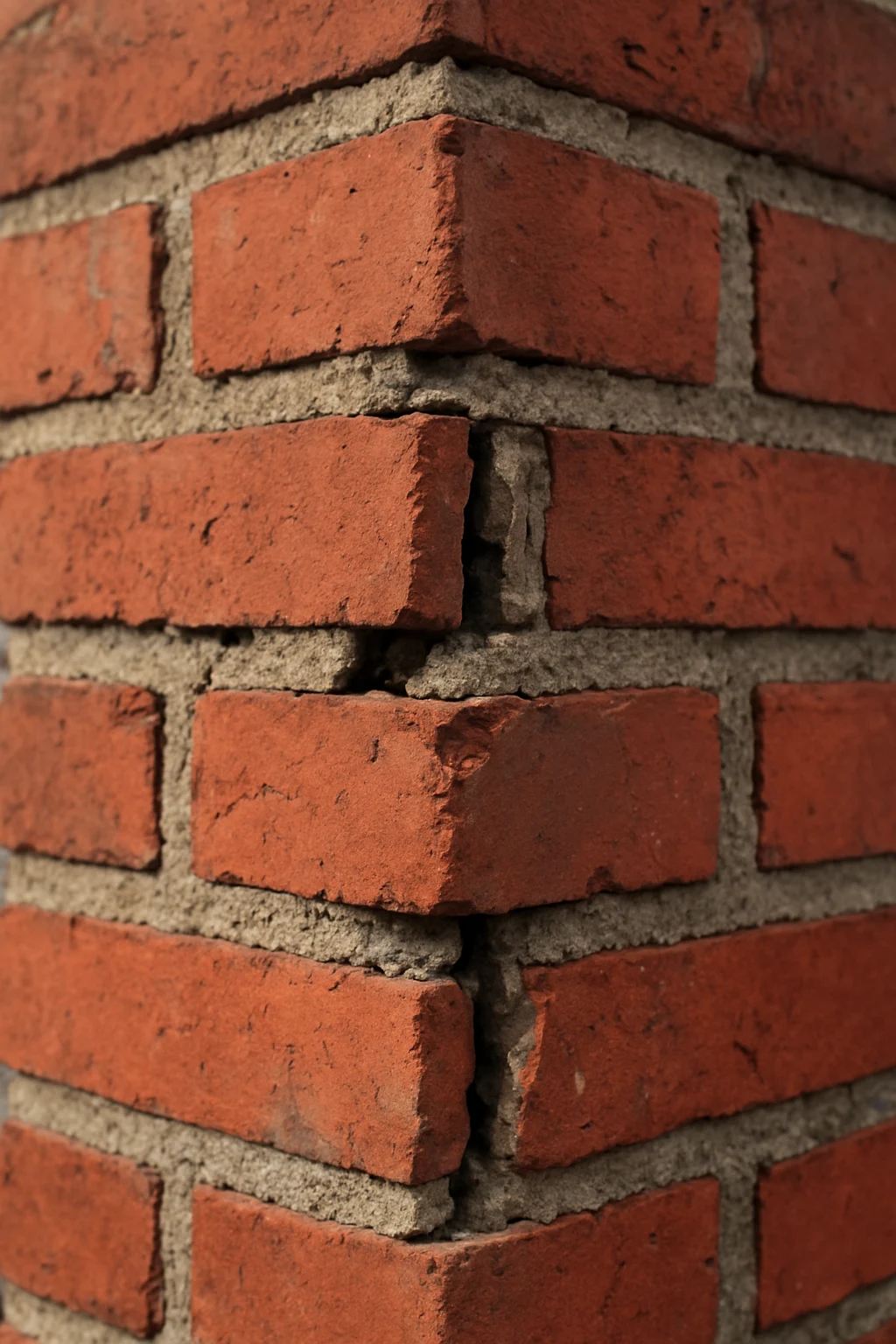
 Charge into Fire Safety:
Charge into Fire Safety: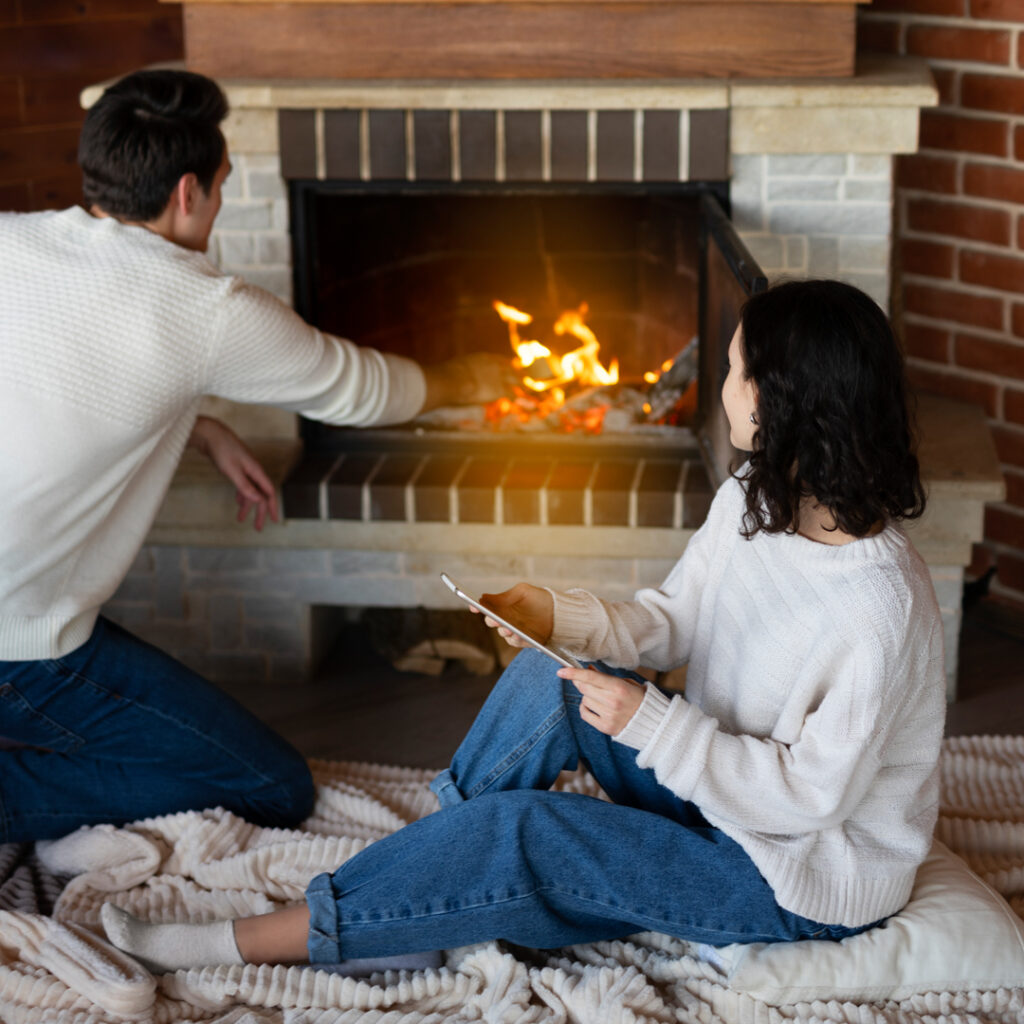 Join the National Fire Prevention Association in this wonderful celebration of education. Help them by continuing this very beneficial program by making this year’s event a success.
Join the National Fire Prevention Association in this wonderful celebration of education. Help them by continuing this very beneficial program by making this year’s event a success.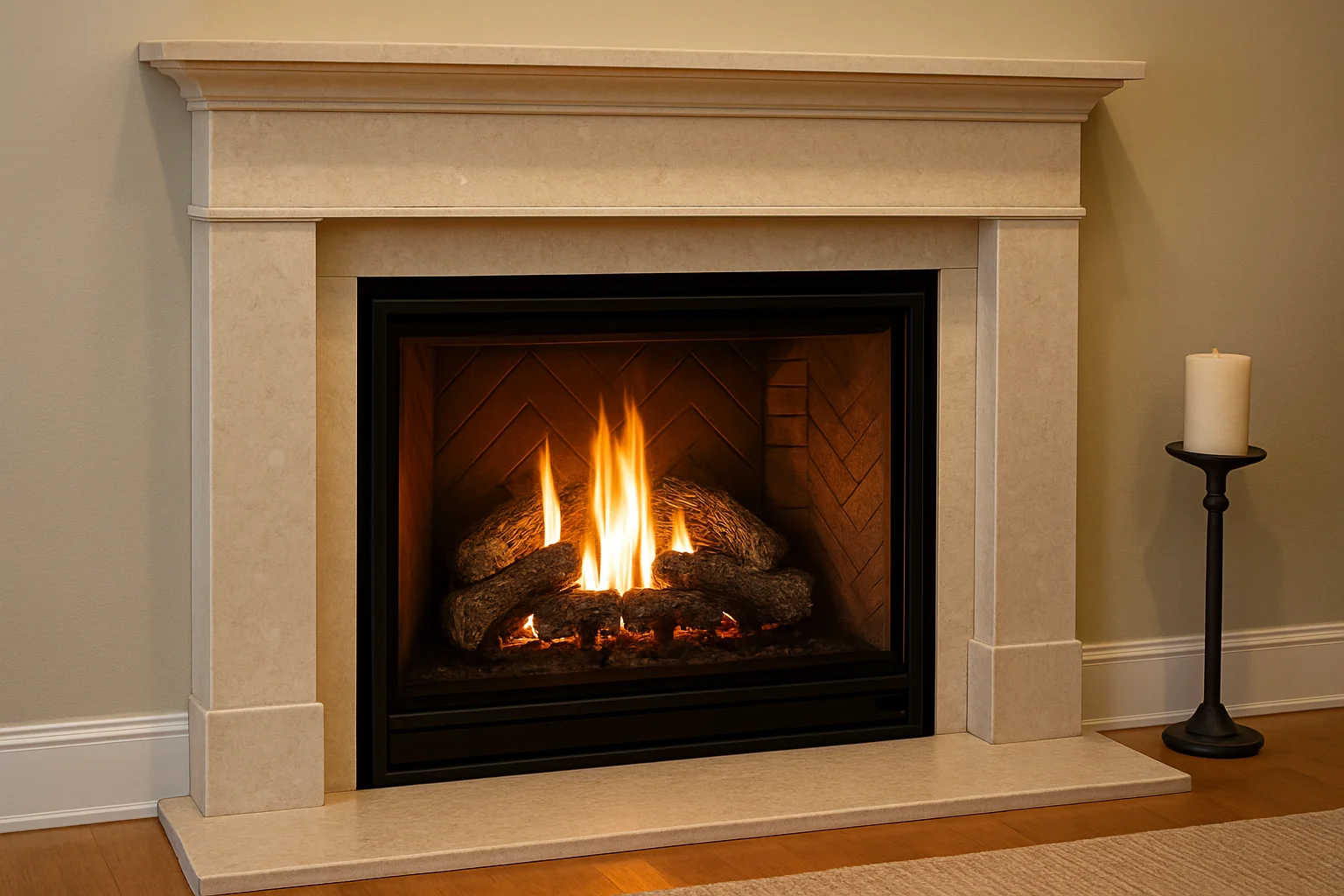
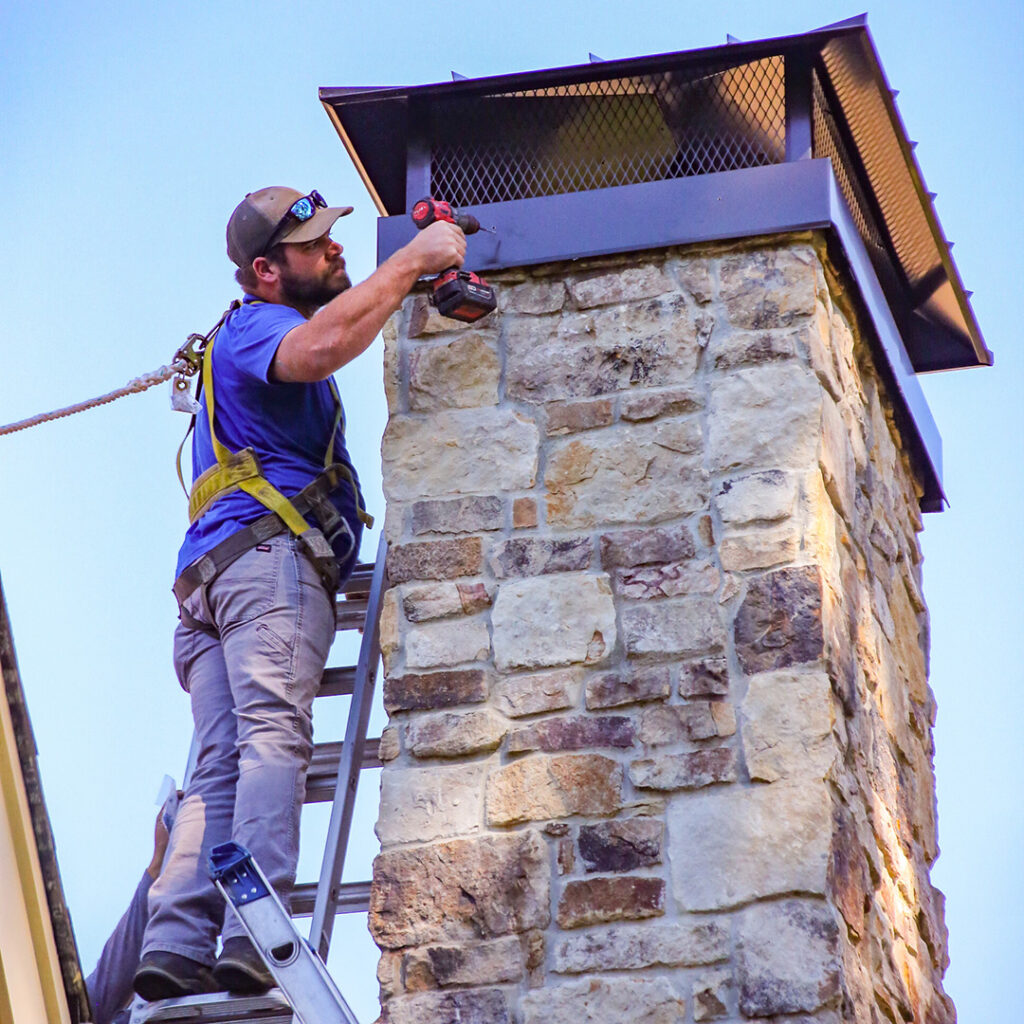 Keeps Out Rain and Snow
Keeps Out Rain and Snow